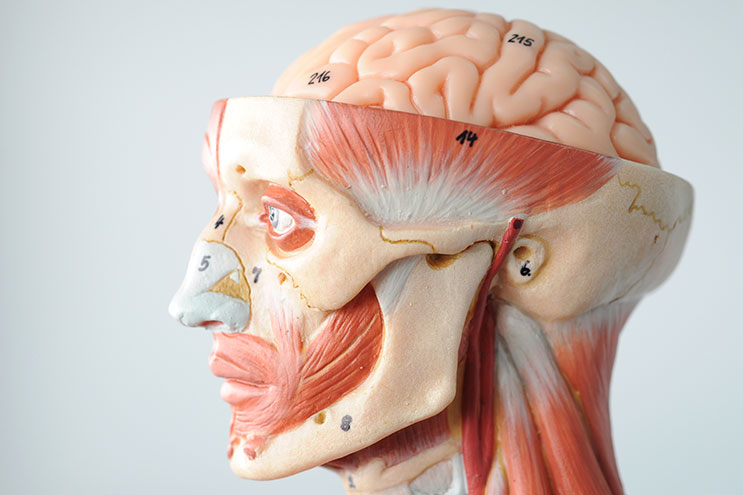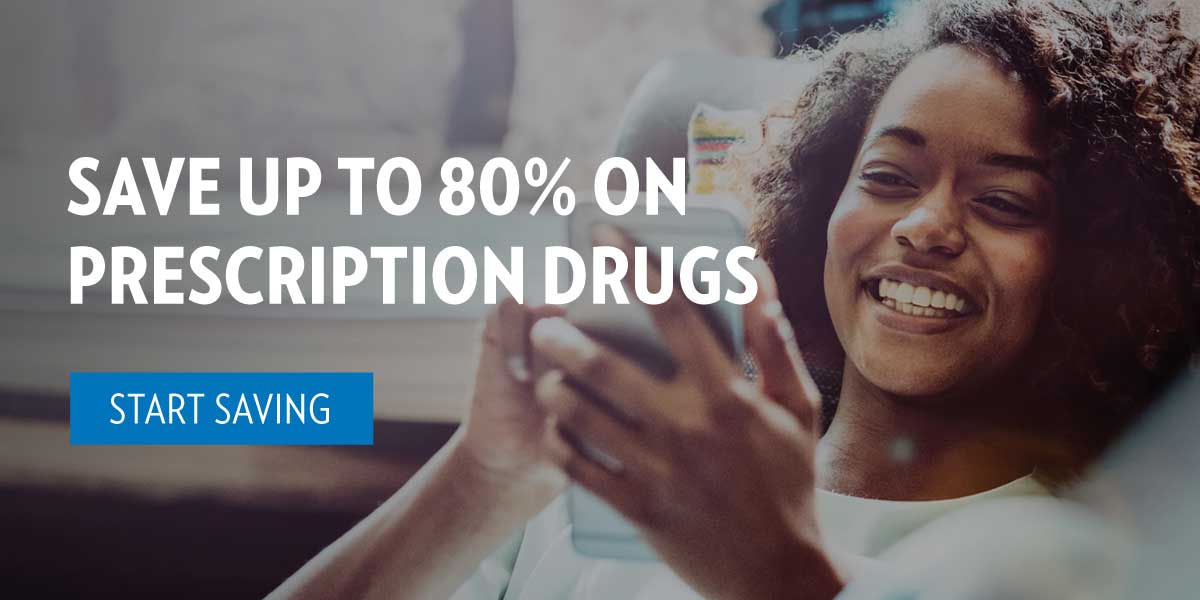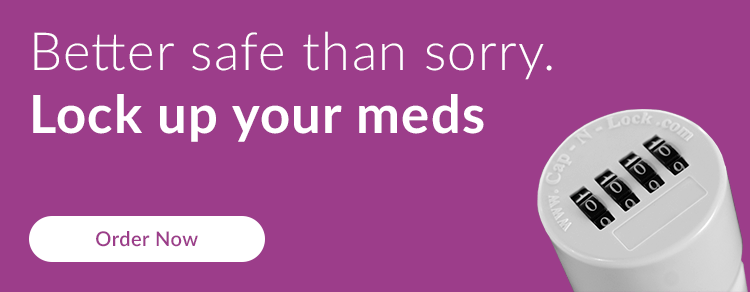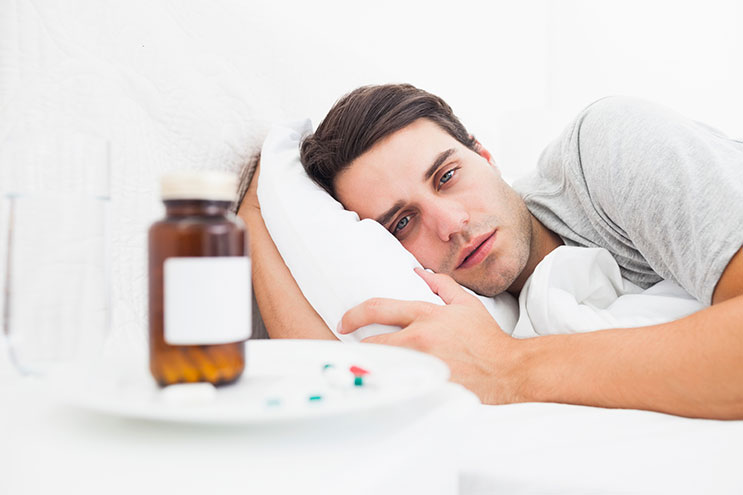Drug addiction is more than a simple issue of willpower. When a person uses drugs, it changes them inside and out. To better understand why it is so hard for an addict to quit, you have to understand the changing anatomy of an addict, inside the brain and inside the body.
Inside an Addict’s Brain
Addiction is a chronic condition that targets, and changes, the user’s brain. Here is what is happening inside the brain when someone uses drugs.
Neurotransmitters: Chemical Messengers Disrupted
Information is communicated between your brain cells with chemical messengers known as neurotransmitters. Certain drugs can block the release of neurotransmitters, while others block their reabsorption, leaving too many neurotransmitters around.
A neurotransmitter such as dopamine, in normal levels, regulates baseline emotions, pleasure, and movement. When drug use increases dopamine levels in the brain, it leads to a feeling of euphoria and a positive experience that the brain associates with the drug use.
Over time, as a user continues to use drugs, the brain tries to compensate for the overproduction of dopamine by producing less of it. That leads to a user feeling unhappy or flat when they are not using the drug. Eventually, the drug is needed just for the user to feel “normal.”
Drug use can also disrupt glutamate, a neurotransmitter that regulates the brain’s ability to learn and it’s reward circuitry.
Certain drugs, such as opioid painkillers and heroin, keep certain neurotransmitter receptors constantly “full,” which causes the brain to close off some receptors. The result is a desensitization to opioids, leading the user to need increasingly larger doses of a drug to get the same effect.
When drug use disrupts the normal chemical information process of neurotransmitters in the brain, it impacts the user’s emotions, reward center, ability to learn, and leads to cravings for more drug use in order to return to a feeling of normalcy.
Drugs Across the Brain
Drug use causes changes across the brain, from the higher (upper) brain functions such as problem solving, thinking, concentration, perception, and judgement; to lower “primitive” brain function such as breathing, heart rate regulation, sleep, and other life-essential functions.
The most developed part of the brain, the frontal lobe, is responsible for motivation, planning, memory, decision making, inhibiting impulsive actions and in delaying gratification. Neuroscientists have found that drug use significantly impairs this region of the brain. This is why an addict can not use willpower to overcome a craving; executive functions such as problem solving, judgement, impulse control, and delayed gratifications have been damaged by drug use.
Inside an Addict’s Body
While you cannot see what is happening inside an addict’s brain, the addict’s body is a different story. The physical symptoms and signs of drug use inside an addict’s body often are visible from the outside, too. Here is what is happening in the body of an addict.
- Head: Disruption in brain function and chemicals leads to wild mood swings, depression, confusion, abnormal sleep patterns, hallucinations, and paranoia.
- Eyes: Pupils are unnaturally dilated, constricted, or bloodshot. Evidence of lack of sleep may be seen around eye area.
- Mouth: Speech is slurred.
- Skin: Pale, blotchy, red or unusual skin coloring, puffy face, sores or scarring, cuts, bruises, scabs, or needle marks.
- Heart: Irregular heartbeat or racing heart.
- Lungs: Cough, chest pain, shortness of breath, pneumonia.
- Stomach: Abdominal pain, vomiting, constipation, diarrhea.
- Kidney: Kidney disease or failure. Signs may include decreased amounts, dark, or bloody urine.
- Arms/ Hands: Lack of coordination, slowed reaction time.
- Legs/ Feet: Loss of balance, clumsy awkward movements.
Outside an Addict’s Body
Drug addiction is evident outside of an addict. Not only is their brain and body affected, but other changes in their life can be seen as well as addiction to a drug takes over.
AppearanceAs obsession with drug use consumes them, an addict may begin to neglect their personal appearance. Their hygiene and appearance will show a lack of concern.
PeersChanges in peer groups are common with an addict. Someone who is using drugs will want to spend time with other people who enjoy the same activity. Old, life-long friends who don’t use or would disapprove of drug-use are neglected, while new groups of drug using friends will emerge.
Family & HomeAn addict will most likely become distant and secretive around family members as they try to hide what they are doing. Responsibilities around the house are neglected, and family social events are missed. Addicts can do terrifying things to the people they love because of the impact that drugs have on their brain, body, and life.
Drug addiction impacts an addict in every aspect of their life. Drug use changes their brain, leading to cravings and the desire to use even more. Changes in the brain lead to changes in emotions and moods. The physical impact of drugs can be seen in and out of the addict’s body. Their relationships with other people are affected, as well. From top to bottom, inside and out, drugs change the entire anatomy of an addict.





